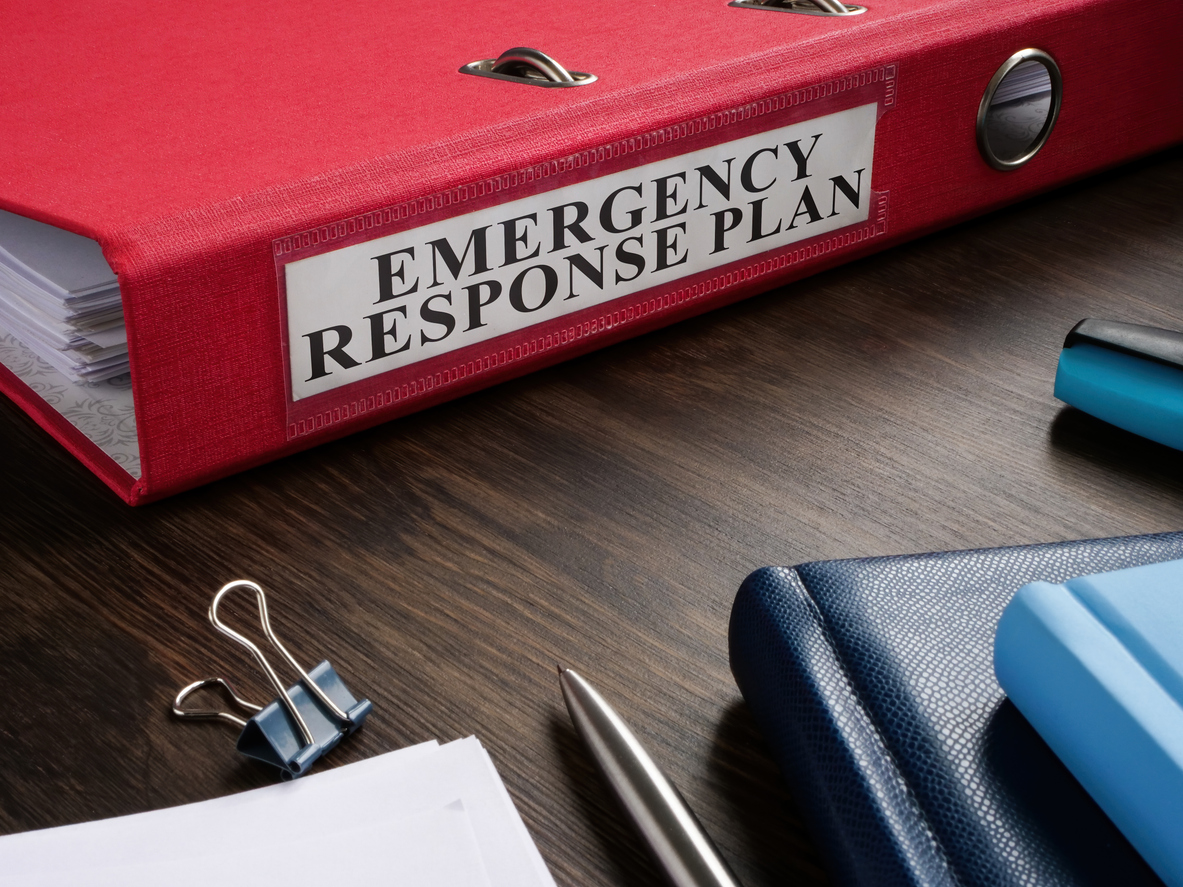Resilience is the ultimate objective: the ability to quickly respond to emergencies by adapting, staying focused, and returning stronger. CHHS offers government and institutional organizations thorough and all-encompassing support throughout every stage of the emergency management programmatic cycle: planning, prevention, mitigation, response, and recovery. Our strategies are designed to be enduring, equipping these entities with the capacity to effectively confront any emergency or disaster event.
Building resilience requires harnessing the strengths of the community and leveraging all possible resources and assets.
By fostering strong partnerships and using best practices, CHHS ensures that our clients are well-prepared to navigate the complexities of modern emergency scenarios.




